A review of the Celestron EdgeHD 11” SCT, covering its optical performance, imaging versatility at f/10, f/7, and f/1.9, and the best accessories to enhance its capabilities.
The Celestron EdgeHD 11” Schmidt-Cassegrain Telescope (SCT) is an ambitious optical system designed for serious astronomers and astrophotographers who demand high-quality, flat-field performance. This telescope represents a significant leap over traditional SCTs, addressing long-standing issues such as field curvature and off-axis coma—common problems that degrade image quality at the edges of the field. With an 11-inch (280mm) aperture, a native focal length of 2800mm (f/10), and the ability to operate at f/7 and even f/1.9 with accessories, the EdgeHD 11 is one of the most versatile optical systems available today.
But with great power comes great responsibility—specifically, the need for a robust mount, precise collimation, and careful thermal management. In this deep-dive review, we’ll explore the design, performance, challenges, and solutions to help you determine if this telescope is the right fit for your astrophotography ambitions.
My first heavy duty mount, the Celestron CGX holding firm with the EdgeHD 11.
Design and Optical Innovations: Why EdgeHD?
Celestron’s EdgeHD series builds upon their classic Schmidt-Cassegrain design by incorporating a corrective optical system inside the baffle tube. Traditional SCTs suffer from field curvature—a natural result of their optical design—which causes stars at the edges of an image to appear elongated or out of focus. This isn’t a major problem for visual astronomy, but for astrophotography, where large image sensors capture wide fields of view, the distortion becomes obvious.
The EdgeHD’s corrective optics flatten the field, ensuring sharp, round stars across even the largest imaging sensors. The result? A telescope that performs exceptionally well for deep-sky imaging without requiring additional field flatteners.
Key Features of the EdgeHD Design
Flat, coma-free field: Ideal for imaging with full-frame cameras
Internal mirror locks: Reduce mirror shift and improve focus stability
Cooling vents with integrated filters: Expedite temperature equalization
Fastar/HyperStar compatibility: Enables ultra-fast imaging at f/1.9
This system makes the EdgeHD 11 a top choice for astrophotography, but its design also benefits visual observers by providing exceptionally sharp views with pinpoint stars across the entire field.
Setup and Handling: A Heavyweight Contender
The EdgeHD 11” is a beast—and that’s something prospective buyers should take seriously. The optical tube assembly (OTA) alone weighs 28 lbs (12.5 kg), but once you add a diagonal, eyepieces, a camera, guiding equipment, and mounting hardware, the total payload can easily exceed 35-40 lbs. This weight demands a sturdy, high-capacity mount to ensure stable tracking, especially at the native 2800mm focal length, where even tiny tracking errors become exaggerated.
Mount Recommendations
For visual use, a Celestron CGEM II or Losmandy G11 can handle the load, though an equatorial mount is still recommended for tracking stability.
For astrophotography, a mount with at least a 50 lb payload capacity is required to ensure accurate guiding at long focal lengths. Some of the best options include:
Celestron CGX / CGX-L – A solid choice for EdgeHD users looking for an integrated system
iOptron CEM70 / CEM120 – A lightweight yet powerful mount with excellent tracking accuracy for long-exposure imaging
10Micron GM1000 HPS – A premium mount with absolute encoders, allowing unguided imaging at long focal lengths
Astro-Physics Mach2 GTO – A top-tier mount with high precision and smooth tracking for serious astrophotographers
Software Bisque Paramount MYT – A high-end option designed for professional-level imaging
My EdgeHD 1100 on a 10Micron GM1000 mount.
Performance: What the EdgeHD 11 Excels At
Sharp, High-Contrast Planetary and Lunar Observing
At f/10, the EdgeHD 11 shines as a planetary and lunar powerhouse. With 2800mm of focal length, it provides high-resolution views of the Moon’s craters, Jupiter’s cloud belts, and Saturn’s rings. The contrast is excellent, especially with high-quality eyepieces or planetary cameras like the ZWO ASI482MC.
However, achieving perfect focus can be tricky due to mirror shift, a common issue with SCTs. The built-in mirror locks help stabilize focus, but some users prefer adding a Crayford-style focuser to eliminate focus shift entirely.
Deep-Sky Imaging at f/10 and f/7
For deep-sky astrophotography, f/10 provides incredible detail on small, distant objects such as planetary nebulae and galaxies. However, at 2800mm focal length, guiding must be precise, and exposure times can be long.
To make deep-sky imaging more practical, Celestron offers a 0.7x focal reducer, which shortens the focal length to 1960mm (f/7). This:
Increases the field of view – Ideal for capturing larger nebulae
Reduces exposure times by 50% – Allowing for more efficient imaging sessions
Maintains the flat-field design – No additional field correctors needed
While f/7 is a great improvement, it still requires longer exposures and accurate guiding. That’s where HyperStarcomes in.
“Half-pipe” within the Soul Nebula.
HyperStar and Ultra-Fast Imaging at f/1.9
One of the most exciting features of the EdgeHD 11” is its compatibility with Starizona’s HyperStar V4, which converts the telescope into an f/1.9 astrophotography system. This transforms the focal length from 2800mm to just 560mm, dramatically changing how the telescope is used.
Why HyperStar is a Game-Changer
Extremely short exposure times – Capture deep-sky objects in seconds instead of minutes
Ultra-wide field of view – Perfect for nebulae and galaxies
Minimized tracking errors – Short exposures reduce the need for precise guiding
However, there are trade-offs:
Camera selection is critical – Large sensors block incoming light, creating diffraction spikes
Collimation becomes more sensitive – Requires careful adjustment to maintain sharp stars
Removes the secondary mirror – Limits ability to switch quickly between visual and HyperStar imaging
Despite these challenges, HyperStar transforms the EdgeHD 11 into a powerful wide-field imaging system, allowing it to rival refractors for nebulae and large galaxies.
Addressing Common Issues with the EdgeHD 11
While the EdgeHD 11 delivers exceptional optical quality, there are a few inherent issues to consider:
1. Mirror Flop and Focus Shift
Issue: The primary mirror moves when focusing, causing the image to shift or drift.
Solution: Use the built-in mirror locks during imaging and consider adding a Crayford-style external focuser.
2. Long Focal Length and Mount Stability
Issue: At 2800mm, even small tracking errors can ruin long exposures.
Solution: Use a high-quality equatorial mount with auto-guiding. An off-axis guider (OAG) is recommended over a guide scope.
3. Cooling and Dew Control
Issue: SCTs take time to reach ambient temperature, and dew buildup is common.
Solution: Use active cooling fans and a dew heater to prevent moisture accumulation on the corrector plate.
Final Thoughts: Who Is the EdgeHD 11 For?
The Celestron EdgeHD 11” is a telescope for serious astronomers—whether you’re into high-resolution planetary imaging, deep-sky astrophotography, or ultra-fast HyperStar imaging. Its versatility is unmatched, but it requires a solid mount, careful collimation, and proper accessories to perform at its best.
For those willing to invest in a capable mount and guiding system, the EdgeHD 11 provides stunning astrophotography potential and incredible visual views. Whether capturing the intricate details of Jupiter’s storms or the delicate structures of distant nebulae, this telescope delivers.
Support MacObservatory by visiting Agena Astro to find accessories and equipment for your EdgeHD 11!”

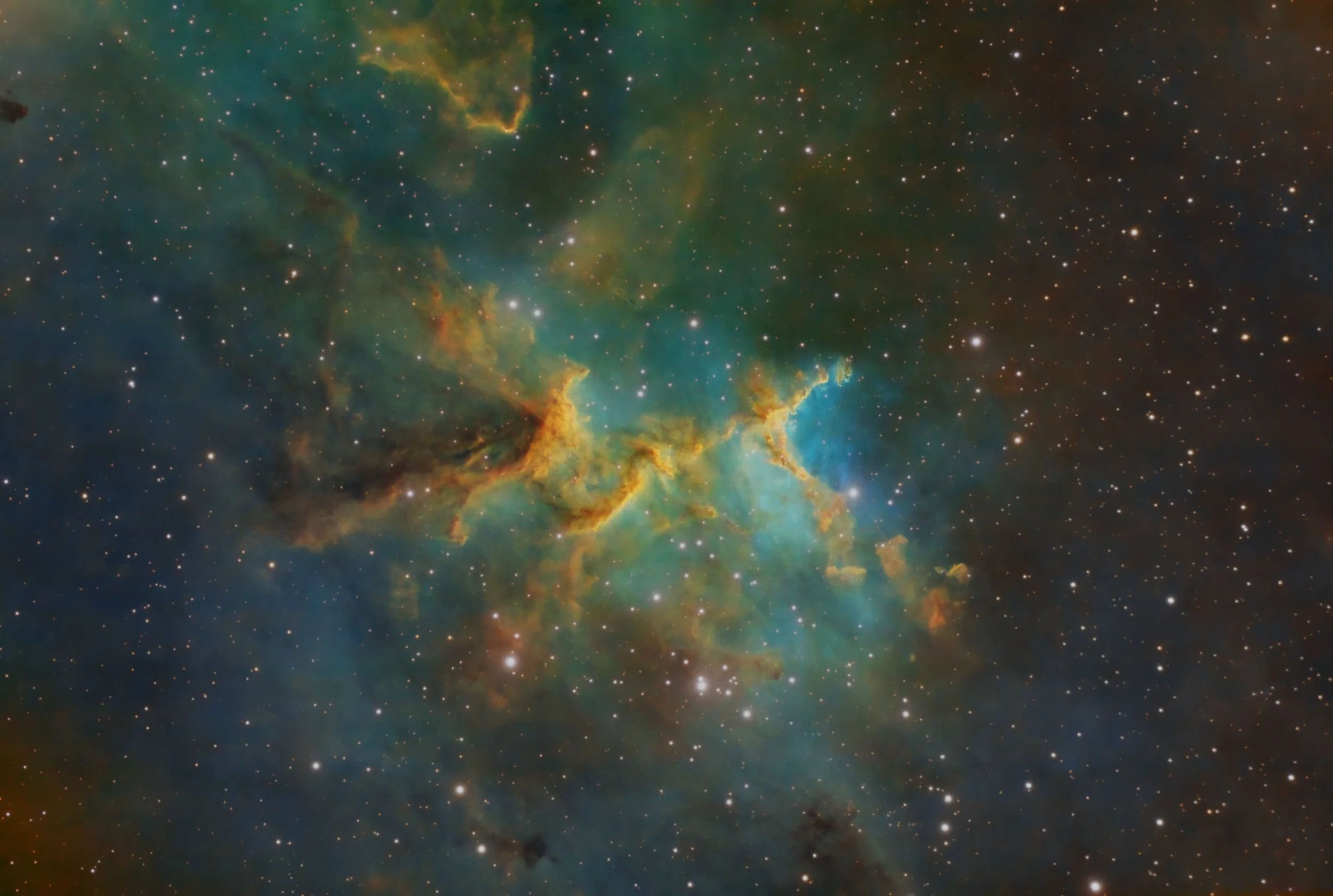

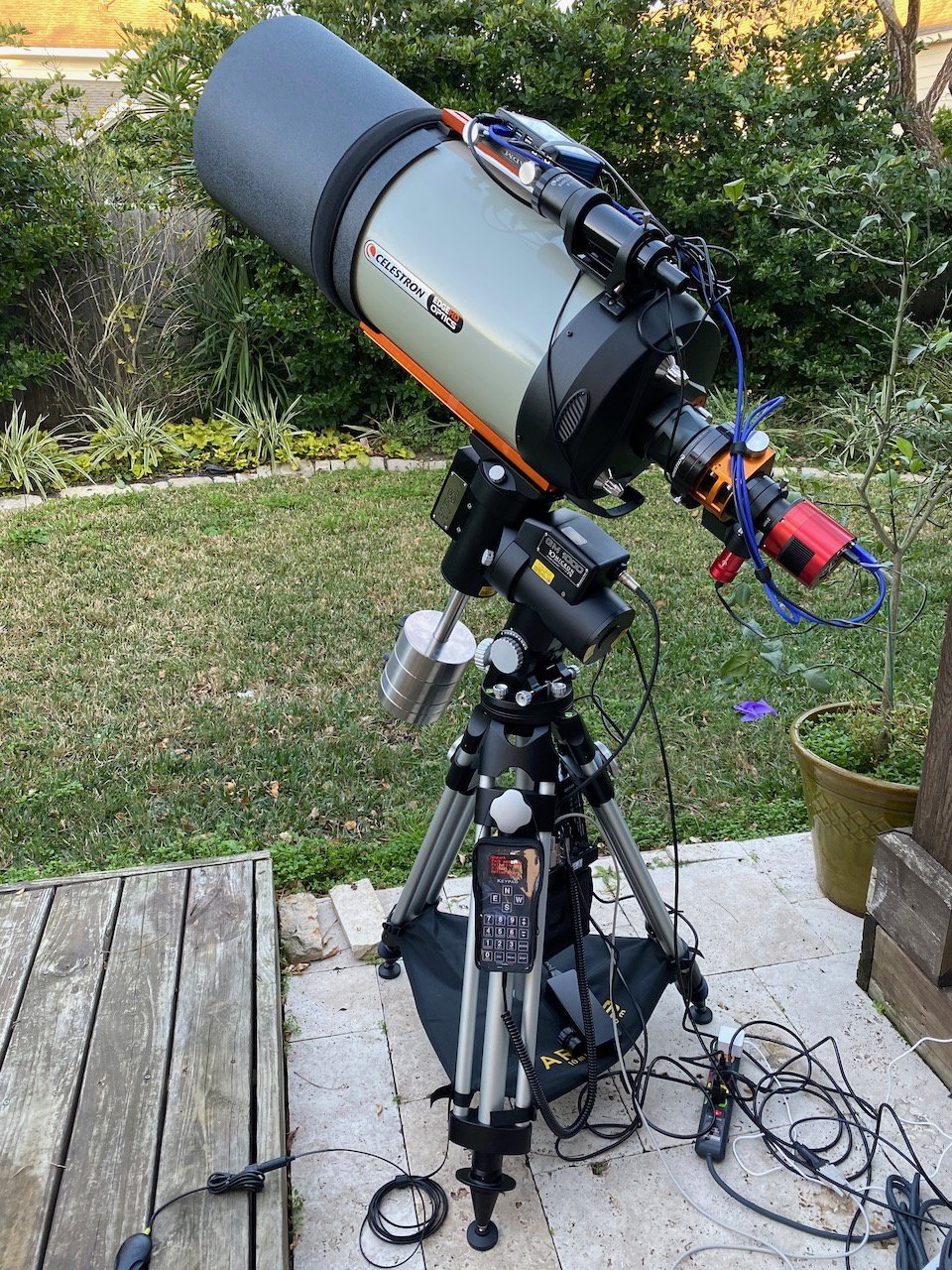


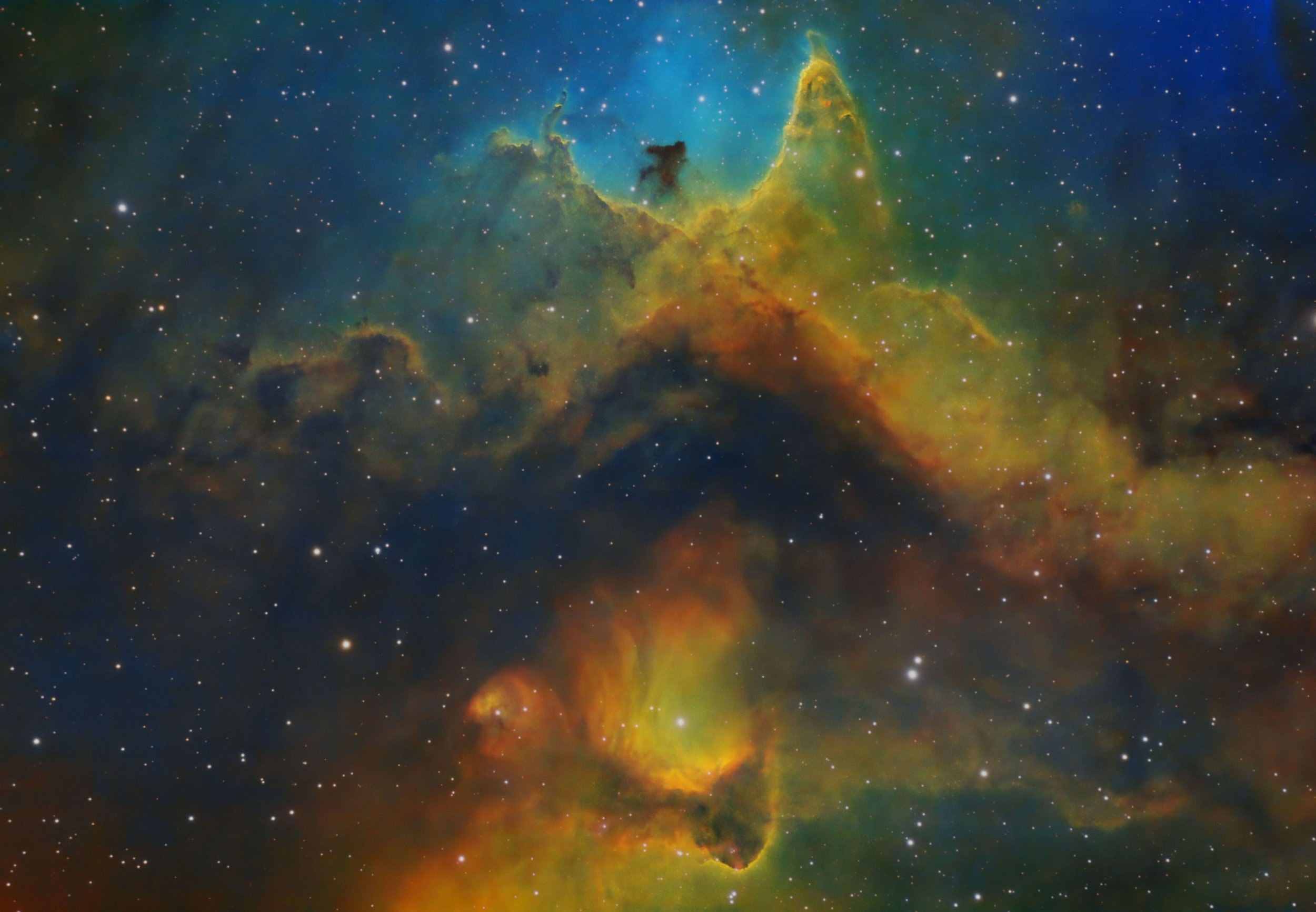


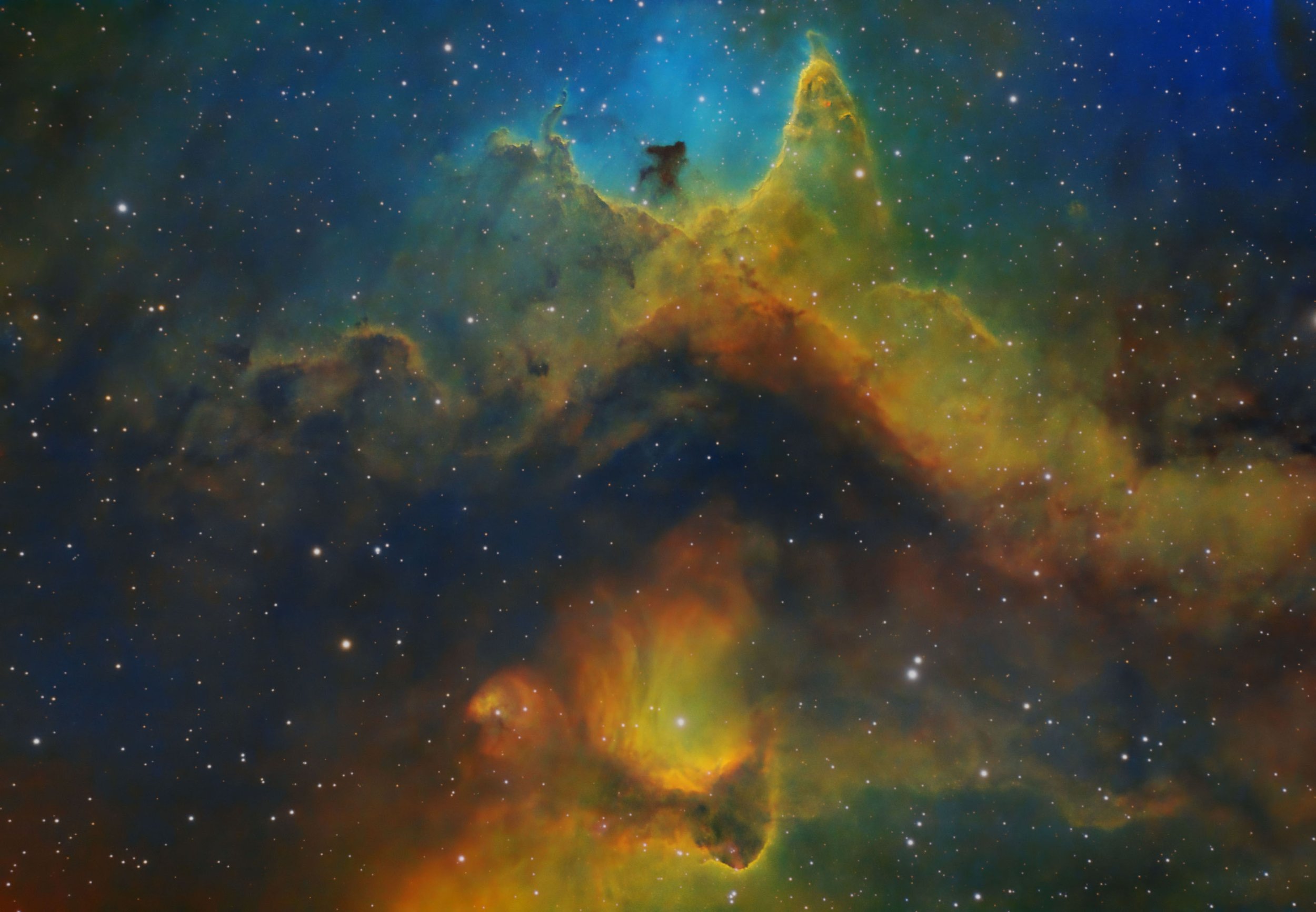
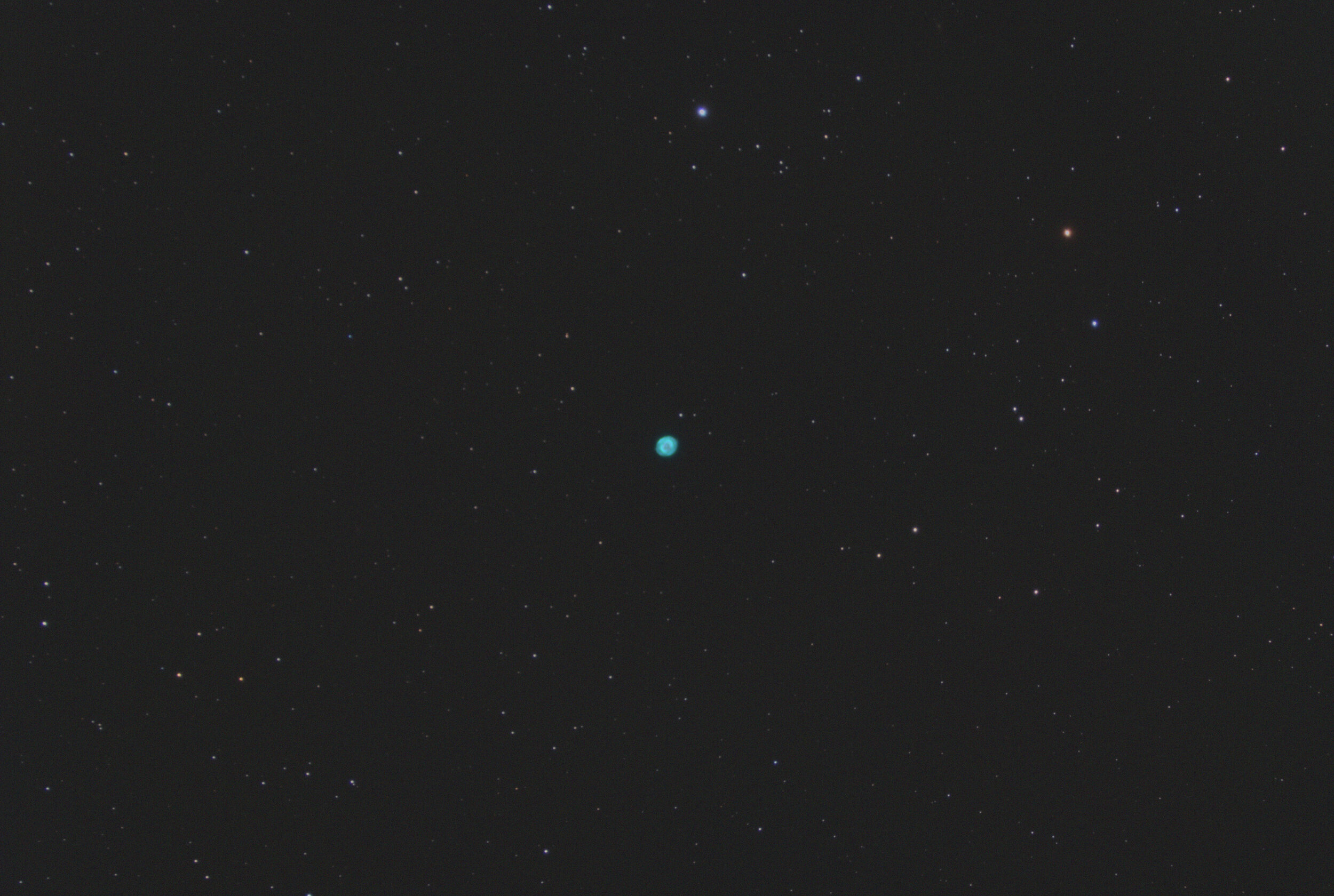







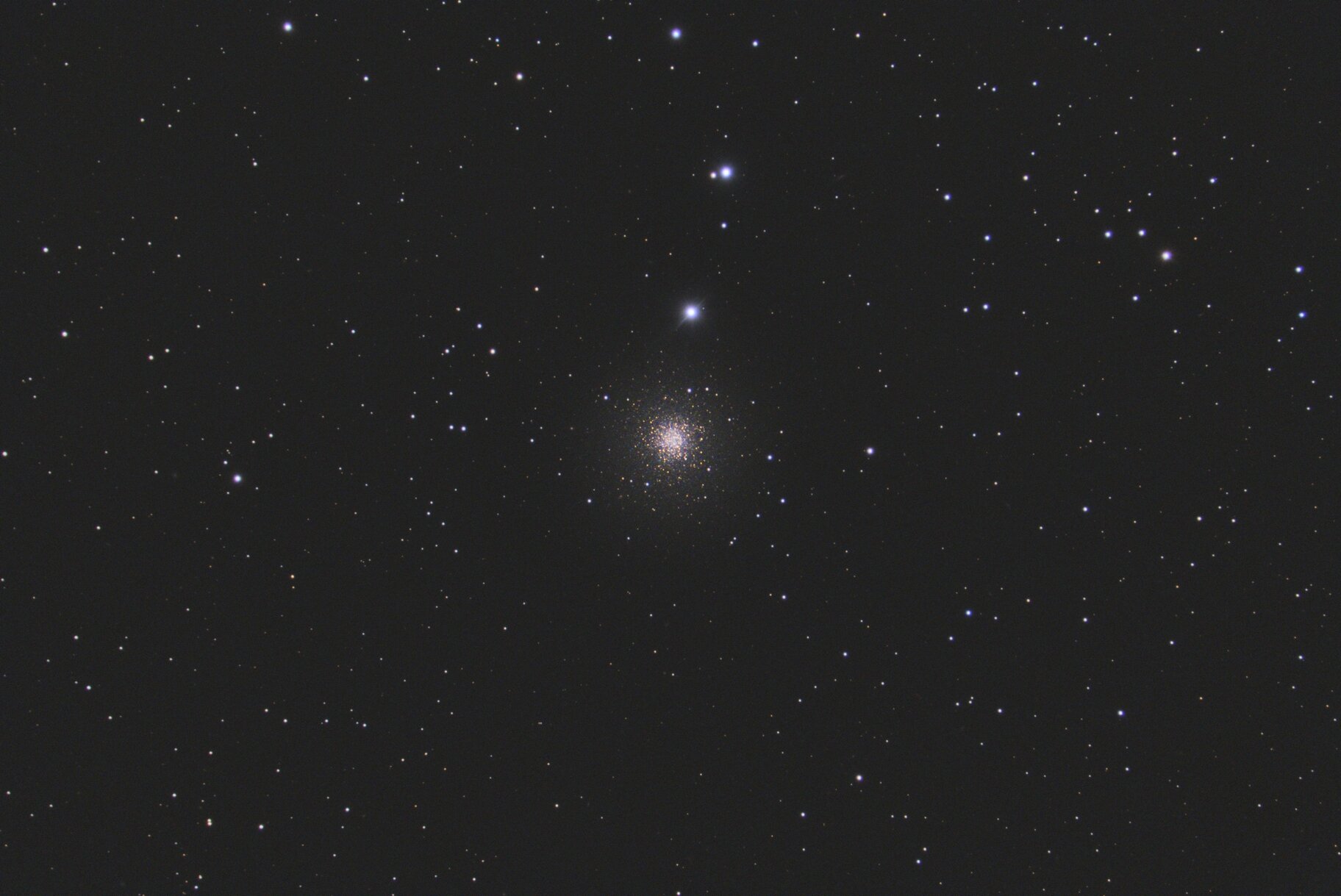

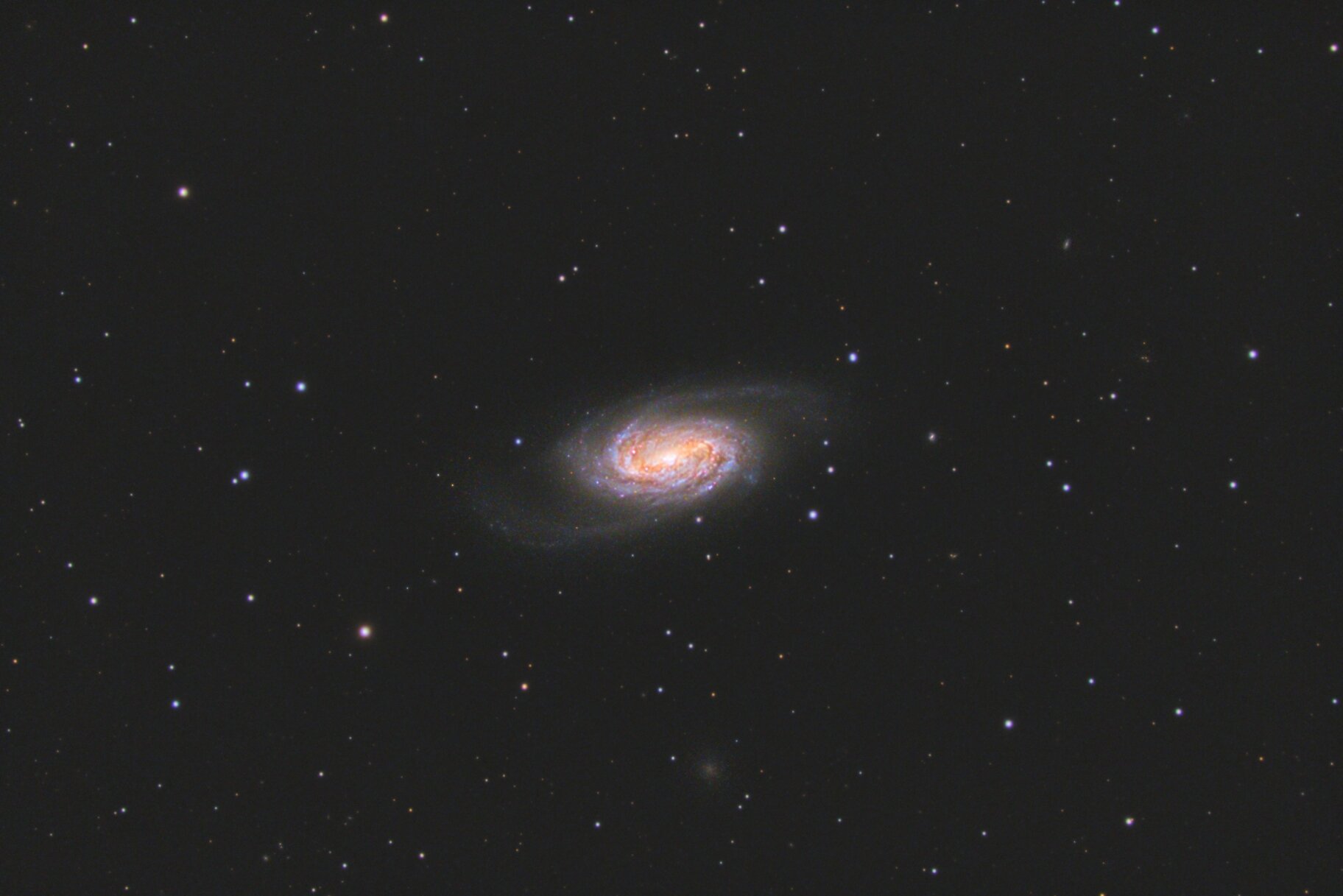



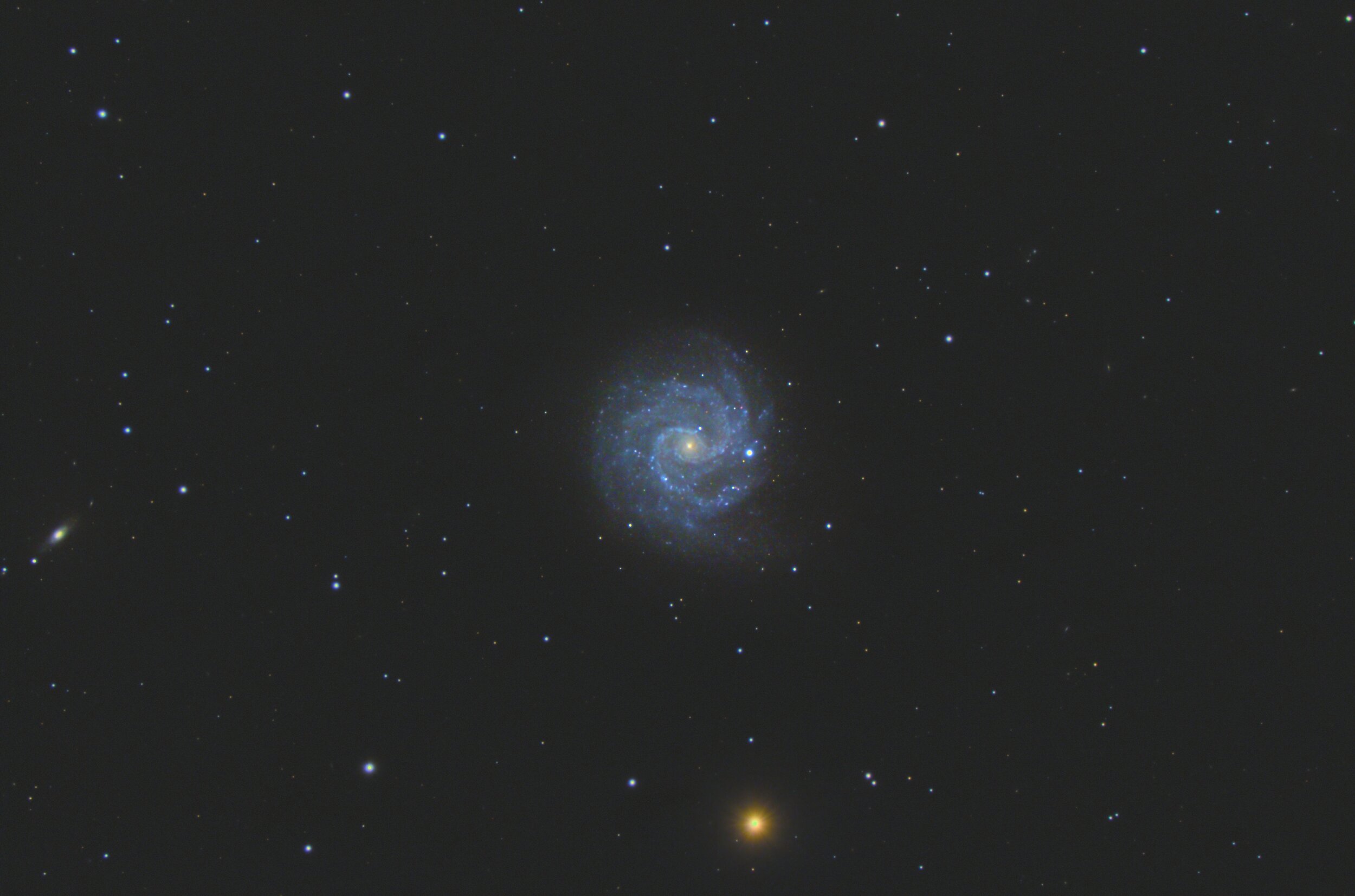

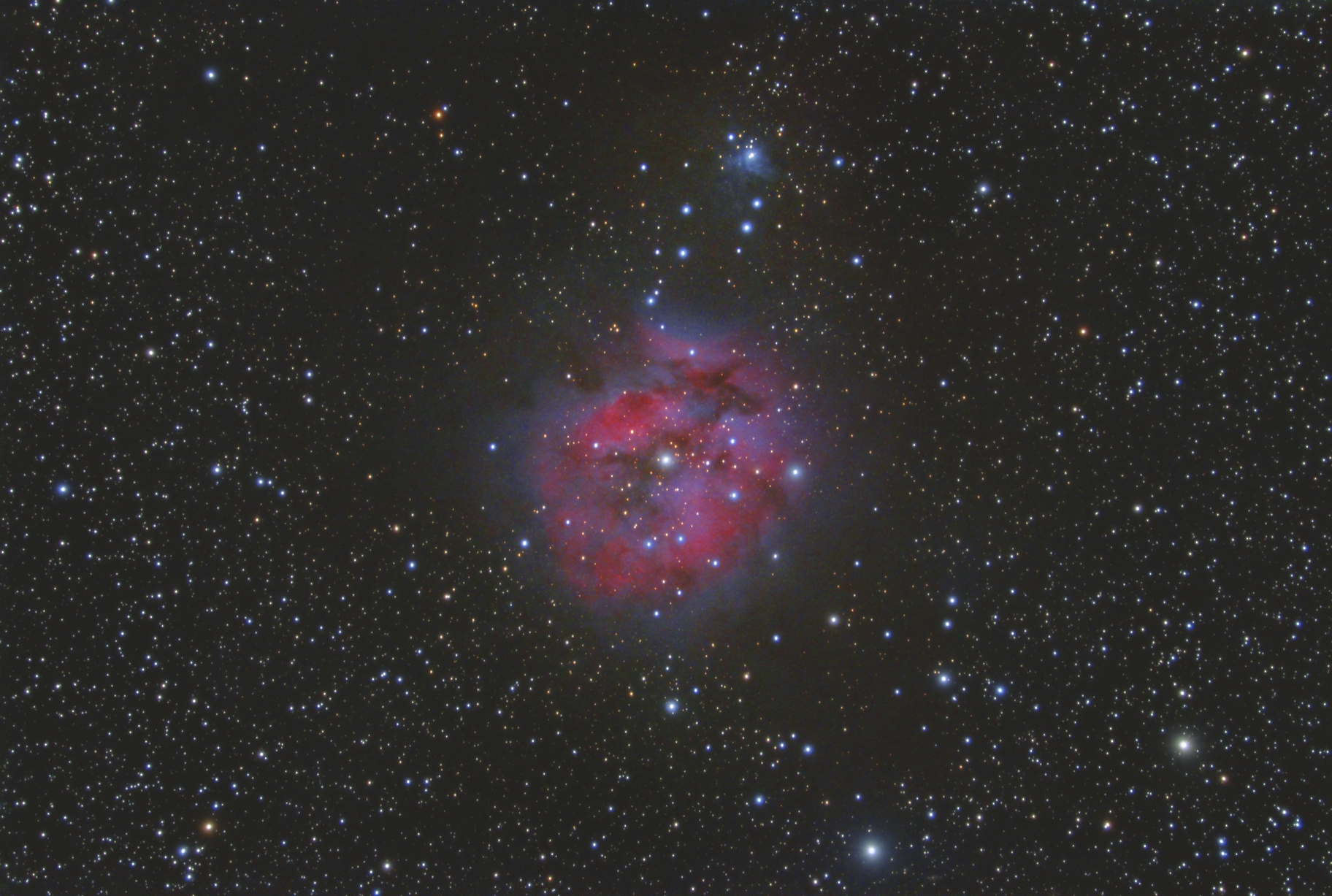

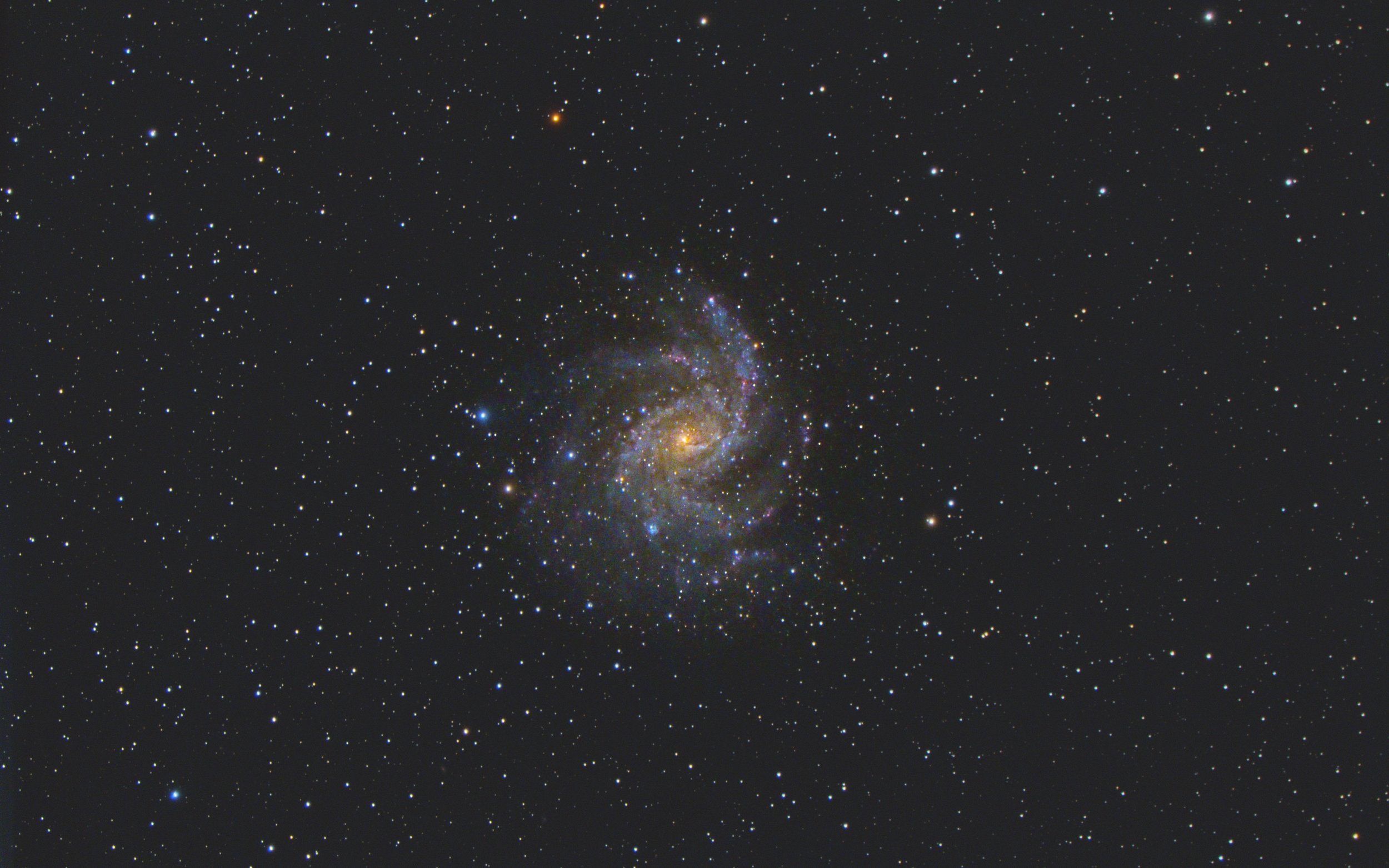
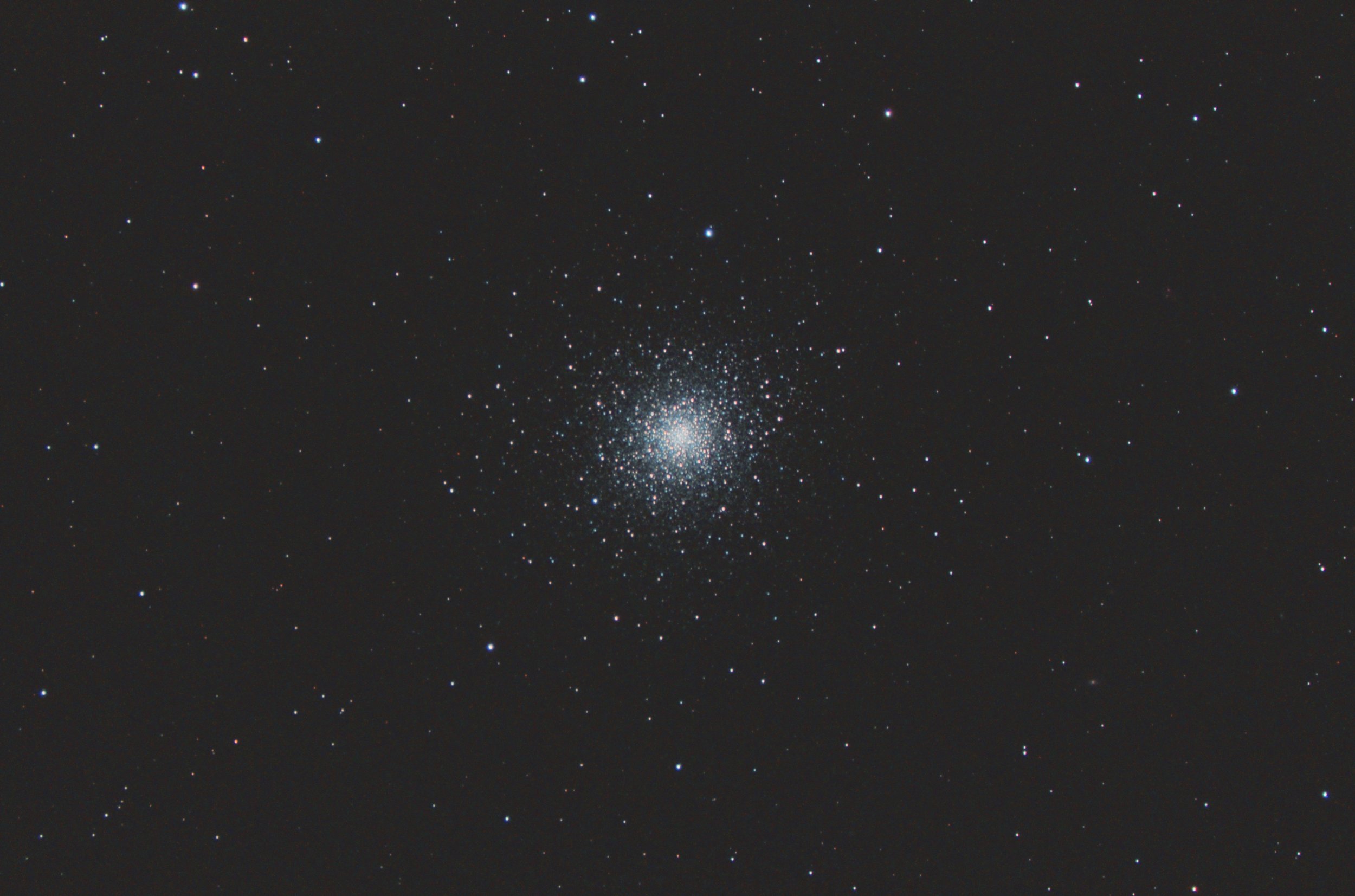
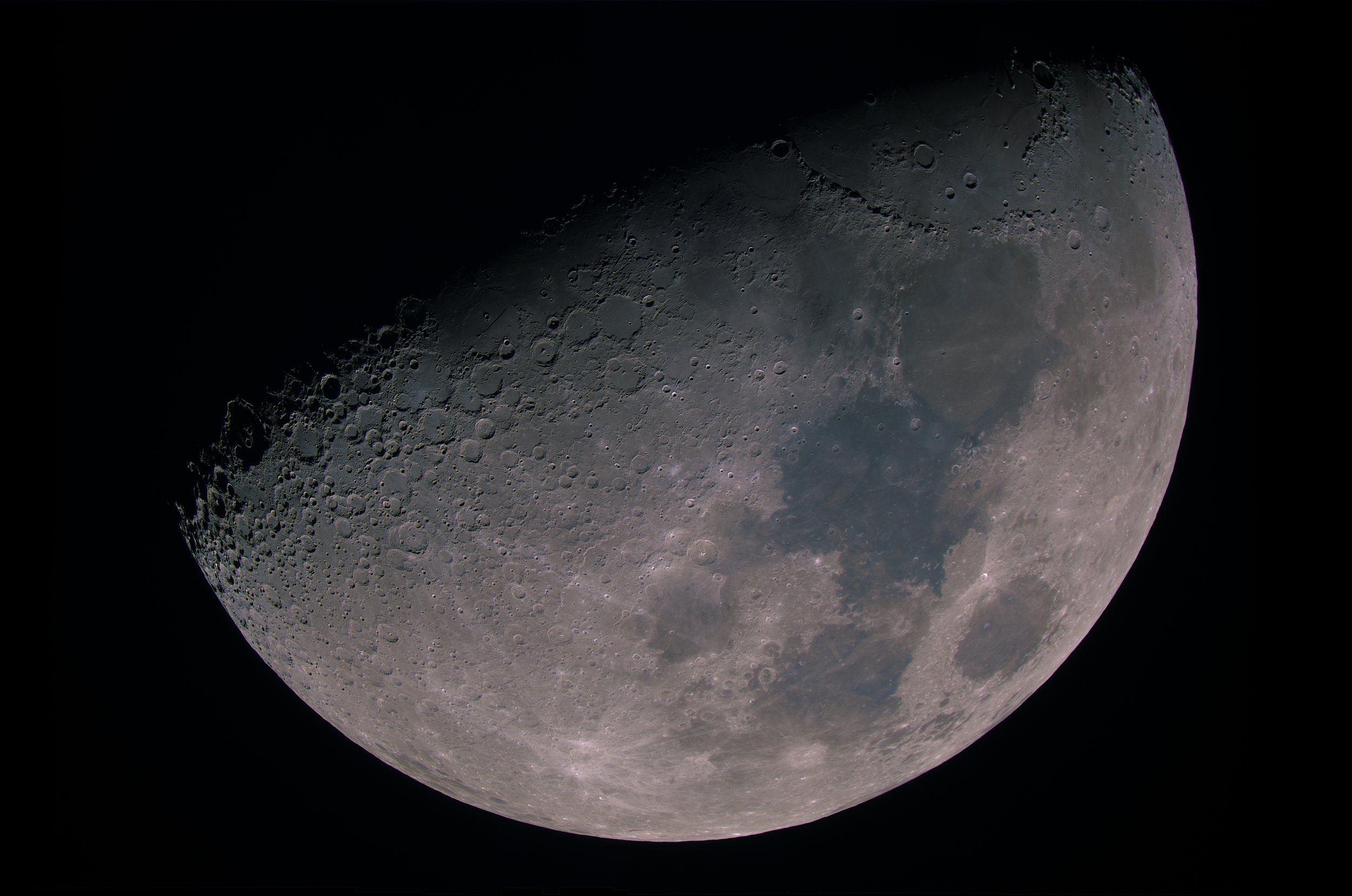
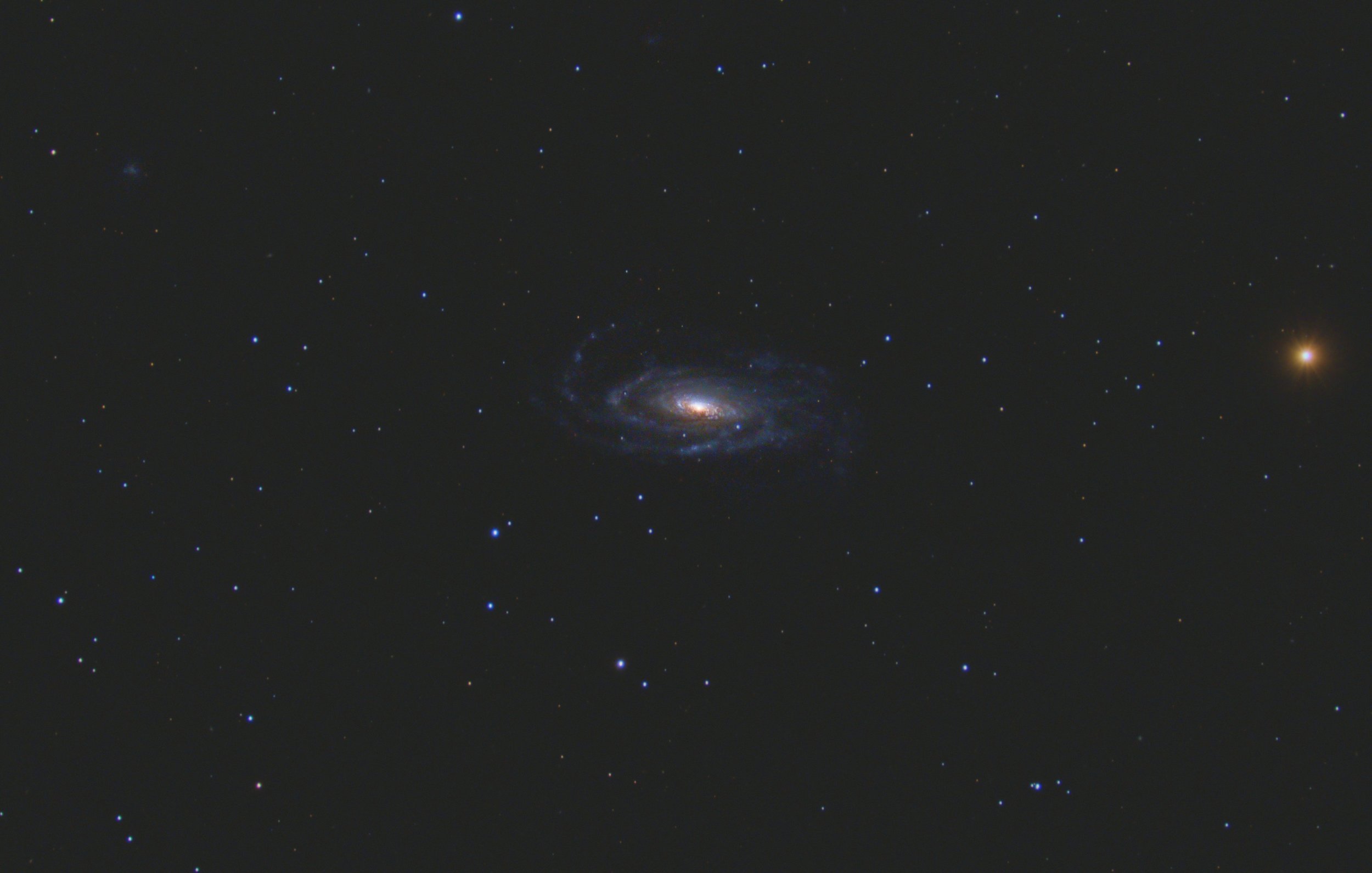
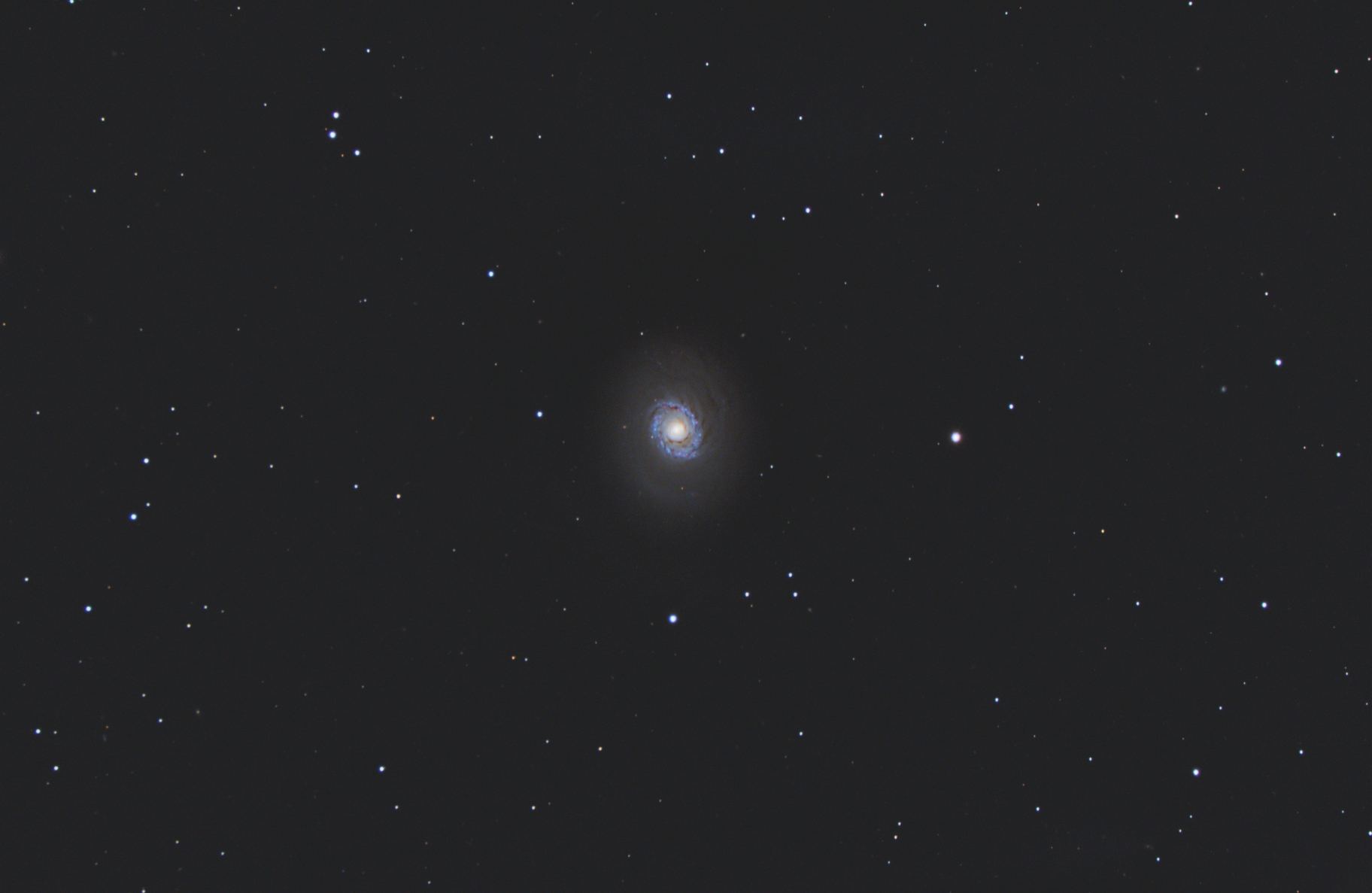
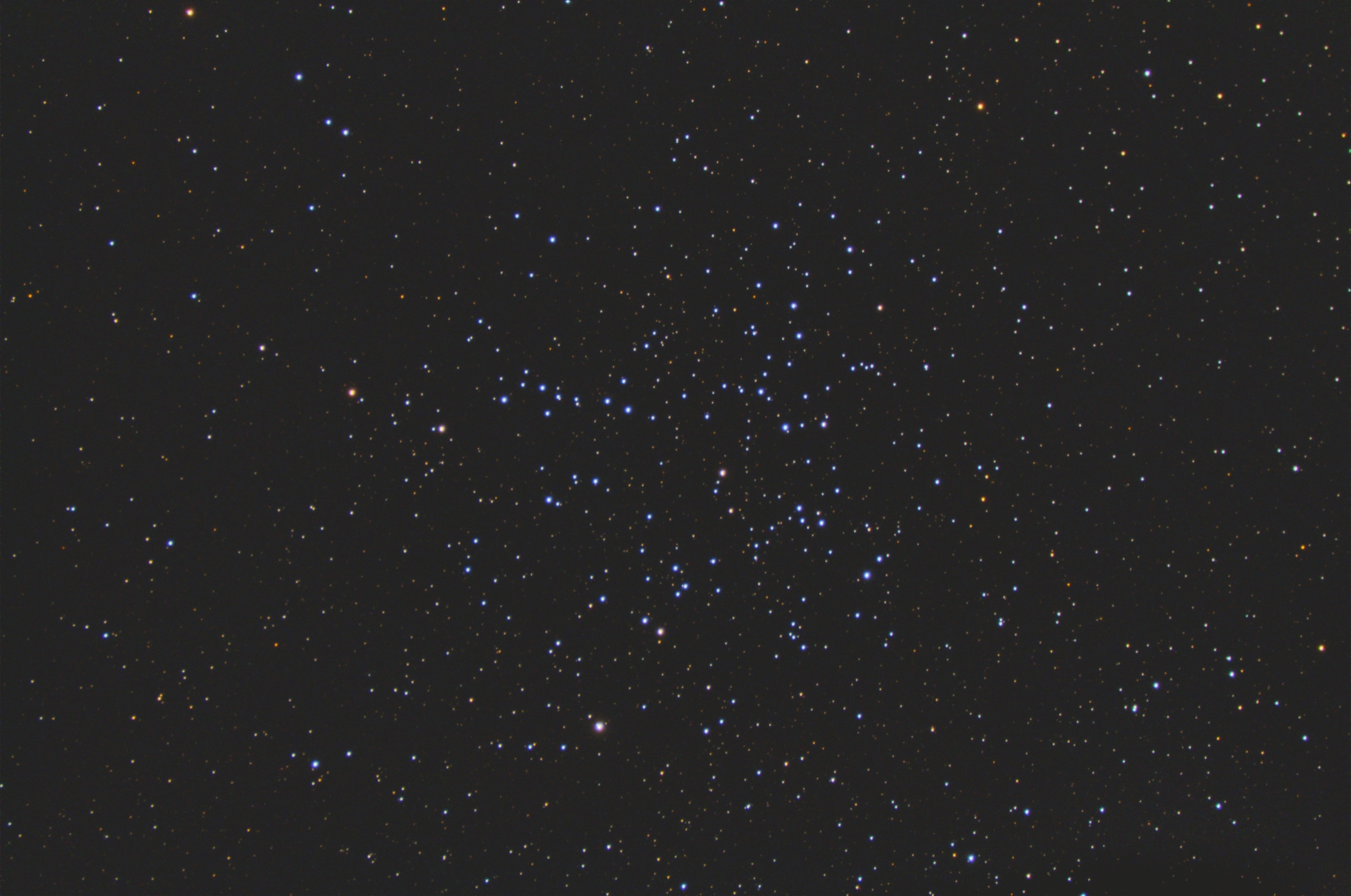
Image details